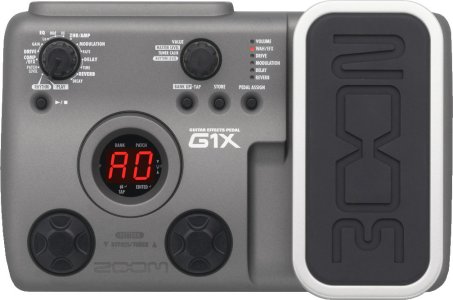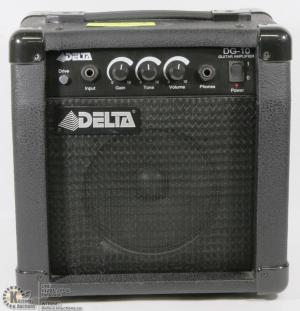EOengineer
Rock Star
- Messages
- 3,077
I'm dating myself here, but my "digital modeling" journey started when I threw some summer job money at this mysterious red bean people were going on and on about, the original POD. For others here, that journey may have started with SansAmp, or Digitech, or Kemper...but I loved that POD...especially the encyclopedic-style user manual.
I'd find myself excited to get home so I could throw on some headphones, and open up that amazing manual that taught me so much about all the classic amp circuits I had heard about but never touched. I must have spent hundreds of hours adjusting knobs, plugging in my Strat vs Les Paul, and discovering how each circuit responded to different guitars, knob settings, and playing styles. Then the PODxt happened and the realism increased and obviously continued through PODhd, Helix, etc.
It wasn't until I entered a college-level recording program in my 20s that I started to really appreciate what I had learned from my time in the virtual amp world. Suddenly I'm interning and assisting in sessions where there is an REAL deluxe reverb, 64 AC30, or JTM45, and I'm thinking back to my modeling time to remember how I got "that sound" and what mics seemed to work best in which situations. Once I was done with school, I was fortunate to end up working in a studio that had a massive collection of guitars and amps, and I still like to think that it was my knowledge of gear that in part came from modeling that helped land that gig.
In short, I appreciate modeling for its flexibility, its pursuit of accuracy, and for providing useful access to gear that most of us may never actually cross paths with.
I'd find myself excited to get home so I could throw on some headphones, and open up that amazing manual that taught me so much about all the classic amp circuits I had heard about but never touched. I must have spent hundreds of hours adjusting knobs, plugging in my Strat vs Les Paul, and discovering how each circuit responded to different guitars, knob settings, and playing styles. Then the PODxt happened and the realism increased and obviously continued through PODhd, Helix, etc.
It wasn't until I entered a college-level recording program in my 20s that I started to really appreciate what I had learned from my time in the virtual amp world. Suddenly I'm interning and assisting in sessions where there is an REAL deluxe reverb, 64 AC30, or JTM45, and I'm thinking back to my modeling time to remember how I got "that sound" and what mics seemed to work best in which situations. Once I was done with school, I was fortunate to end up working in a studio that had a massive collection of guitars and amps, and I still like to think that it was my knowledge of gear that in part came from modeling that helped land that gig.
In short, I appreciate modeling for its flexibility, its pursuit of accuracy, and for providing useful access to gear that most of us may never actually cross paths with.







